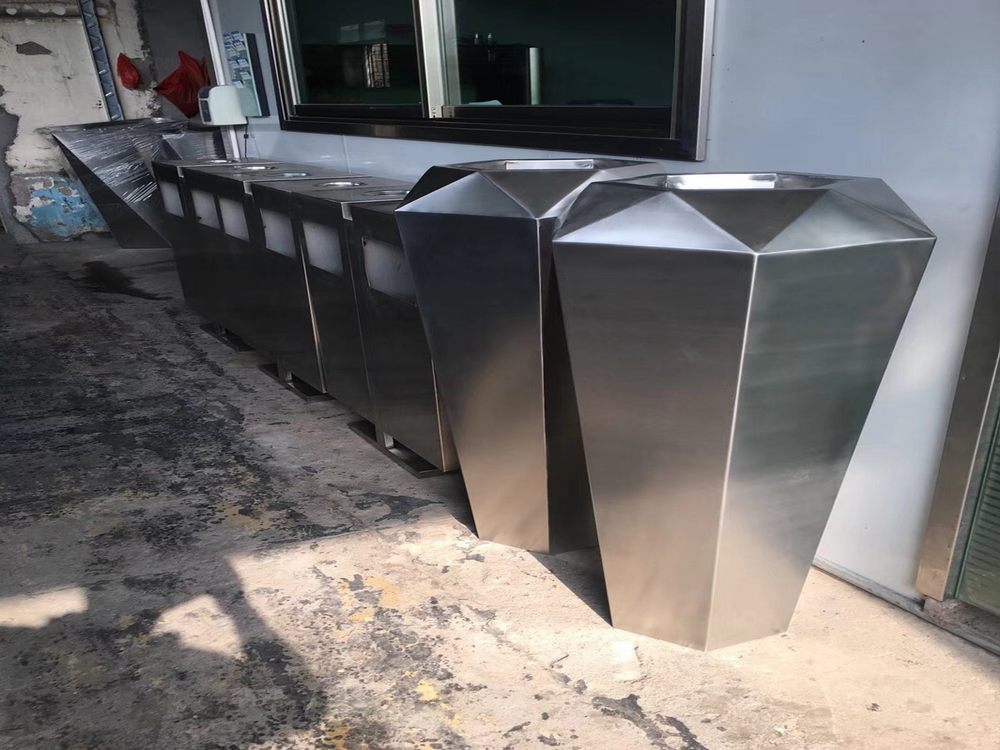
The ethereal beauty of translucent porcelain sculptures captivates art lovers worldwide, but achieving this delicate effect requires mastery of specialized techniques. Artists begin by selecting ultra-fine kaolin clay, prized for its purity and light-transmitting properties when fired thinly. The thickness of the clay body proves crucial - skilled ceramists carefully hand-build or cast pieces to maintain consistent thinness, typically under 3mm in translucent areas.
Glazing plays a dual role in creating luminosity. Some artists apply multiple layers of transparent glazes, each firing enhancing depth and light diffusion. Others employ innovative "glaze-free" methods, polishing the raw porcelain to a high sheen that captures light organically. The magic truly happens in the kiln, where precise temperature control between 1200-1400°C vitrifies the clay without compromising its delicate structure.
Contemporary artists often push boundaries by incorporating modern materials like glass particles or experimental firing schedules. Some create striking contrasts by combining translucent sections with opaque areas, using strategic carving or layered construction. The result is a breathtaking interplay of light and form that makes porcelain appear almost liquid in its radiance.
This ancient art form continues to evolve, with today's ceramic artists combining traditional wisdom with technological innovations to achieve ever more stunning translucent effects in their porcelain masterpieces.

